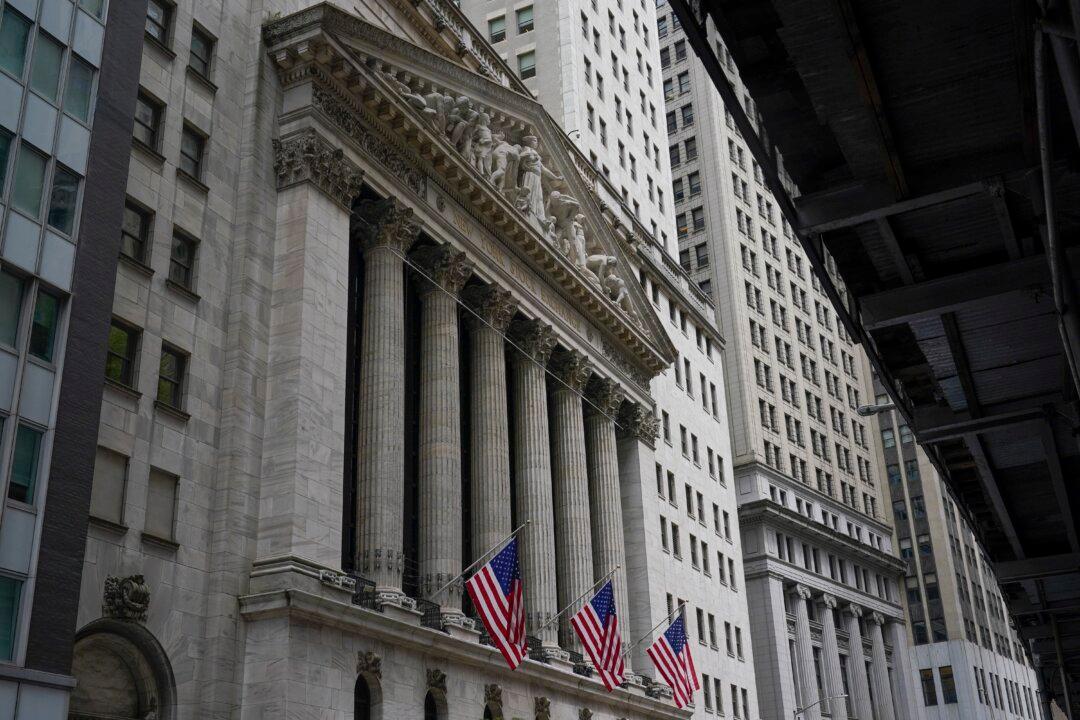NEW YORK—Most U.S. stocks rose Thursday following the latest signal the economy remains much stronger than expected.
The S&P 500 added 25.61 points, or 0.4 percent, to 4,894.16 and set a record for a fifth straight day. The Dow Jones Industrial Average climbed 242.74, or 0.6 percent, to 38,049.13, and the Nasdaq composite gained 28.58, or 0.2 percent, to 15,510.50.





